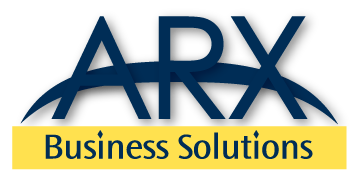Common Adagio Payables Questions
AP Check Listing Error
How can I fix this?
You have 2 choices to get past this error:
- Edit the control account set and change the bank code stored there
- Edit the company profile and disable the option to Include Bank with Control Account Set.
If you are running an older version of Adagio Payables, you may not be able to save changes to control account set records due to uncleared posting journals. If this is the case, then you will need to follow route #2 until posting journals are cleared – which is likely at fiscal year end. The current release of Adagio Payables 9.2A does not have this restriction, but I would not suggest installing the upgrade strictly for solving this issue, without appropriate planning.
Tracking Who Created A Vendor
Answer: In Adagio Payables 8.1F, we only tracked the date a Vendor was created. In Adagio Payables 9.2A, we track the date, time and user who created the vendor. One more reason to upgrade, if you haven’t already.
